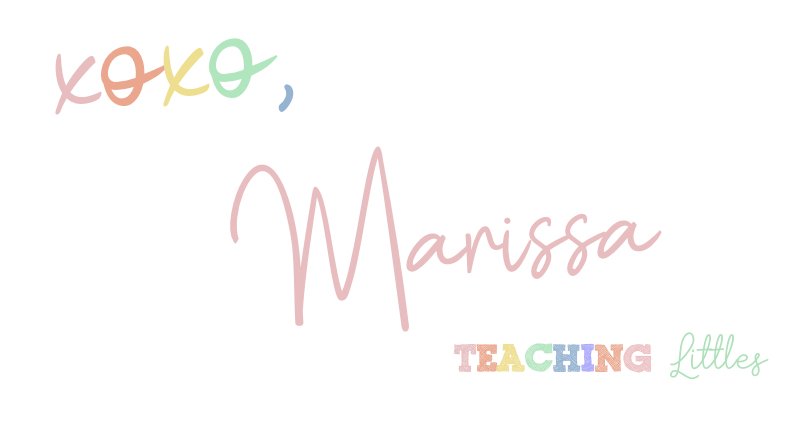You may not even realize it, but teaching your baby to point is a developmental milestone that goes right along with waving bye-bye and other gestures. Your baby starts communicating before they ever even say a single word.
This means all those cute little hand movements you’ve come to love – waving, clapping, and pointing are actually stepping stones on the path to your little one’s growing ability to communicate with you.
Although pointing may seem simple to you, there is complex thought that goes into that seemingly easy gesture. Research has shown that your baby pointing can show that your little one has an awareness of future and past events, as well as object permanence. Neat right?
Teaching your baby to point doesn’t have to be hard, and you may be wondering when you need to teach this important developmental skill. Lucky for you, I am about to tell you!
Why Do Baby’s Point?
Your baby may point for any number of reasons. Pointing is your baby’s way of expressing themselves and their desires.
When your baby begins to point they are beginning their very first steps toward communication with you. Pointing is actually one of the most important preverbal gestures, and baby’s who are able to point by 12 months of age are predicted to have a larger vocabulary.
Is Pointing an Important Skill for Baby?
In short, yes! Pointing is linked to language development and shows that your little one is developing at the right pace.
Pointing shows your child’s skills in more ways than one. Teaching your baby to point helps your baby to develop motor, social, and communication skills.
Although many parents just see pointing as another cute gesture, pointing actually marks an important milestone in your little one’s overall development.
When Should Baby Point?
When should baby point may be a question on your mind, now that you have read about the significance of the gesture. Pointing is a developmental milestone that babies will develop at their own pace.
This means that there can be some variation when it comes to the milestone of pointing. On average, however, your baby will point between 10-15 months of age.
What Skills are Necessary for Baby to Be Able to Point?
Before you see your baby point there will have to be some necessary skills that develop.
Your baby will likely begin pointing using the whole hand in the beginning. As your baby’s fine motor skills develop you will start to notice your little one pointing with the index finger.
Your baby will also need other developmental skills such as hand/eye coordination and a basic understanding of language before you will notice baby pointing at all.
Tips for How to Teach Baby to Point
There are several ways that you can start teaching your baby to point. Simply being consistent and providing daily reinforcement can help to get your baby or toddler pointing.
1. Model for them
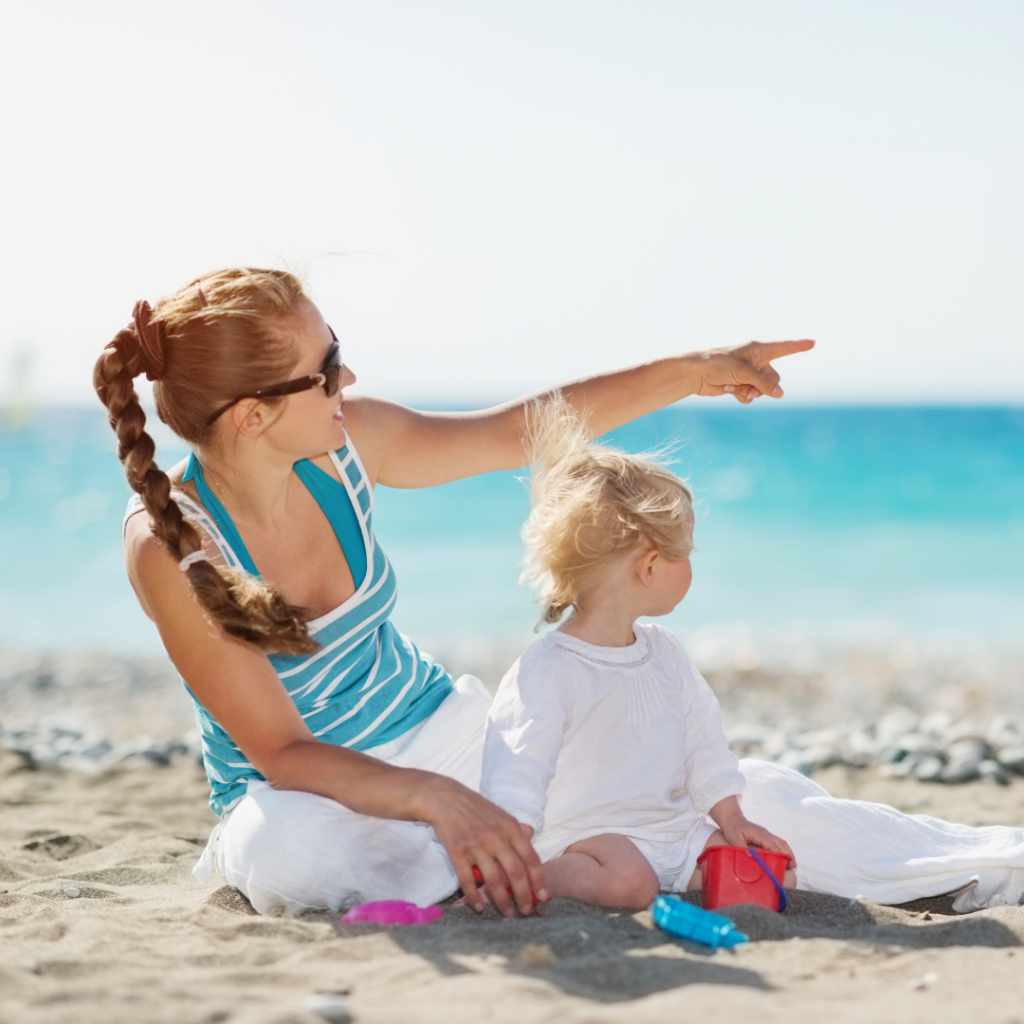
One of the best ways to see your baby point would be to begin modeling for them. Point at things in your environment, and get your baby’s attention as you do.
Point to things as you name them. When you read a book, point to the different pictures that you are reading about. When you take a walk, take the time to point out objects and label them with your little one.
Use your own hand to help
If you notice your baby attempting to point with their entire hand, you can assist your little one by holding down the other fingers of the hand and isolating the pointer finger.
This will encourage baby to practice this movement as well, and you will likely see baby point in no time at all.
Give them opportunities by asking them to point to objects
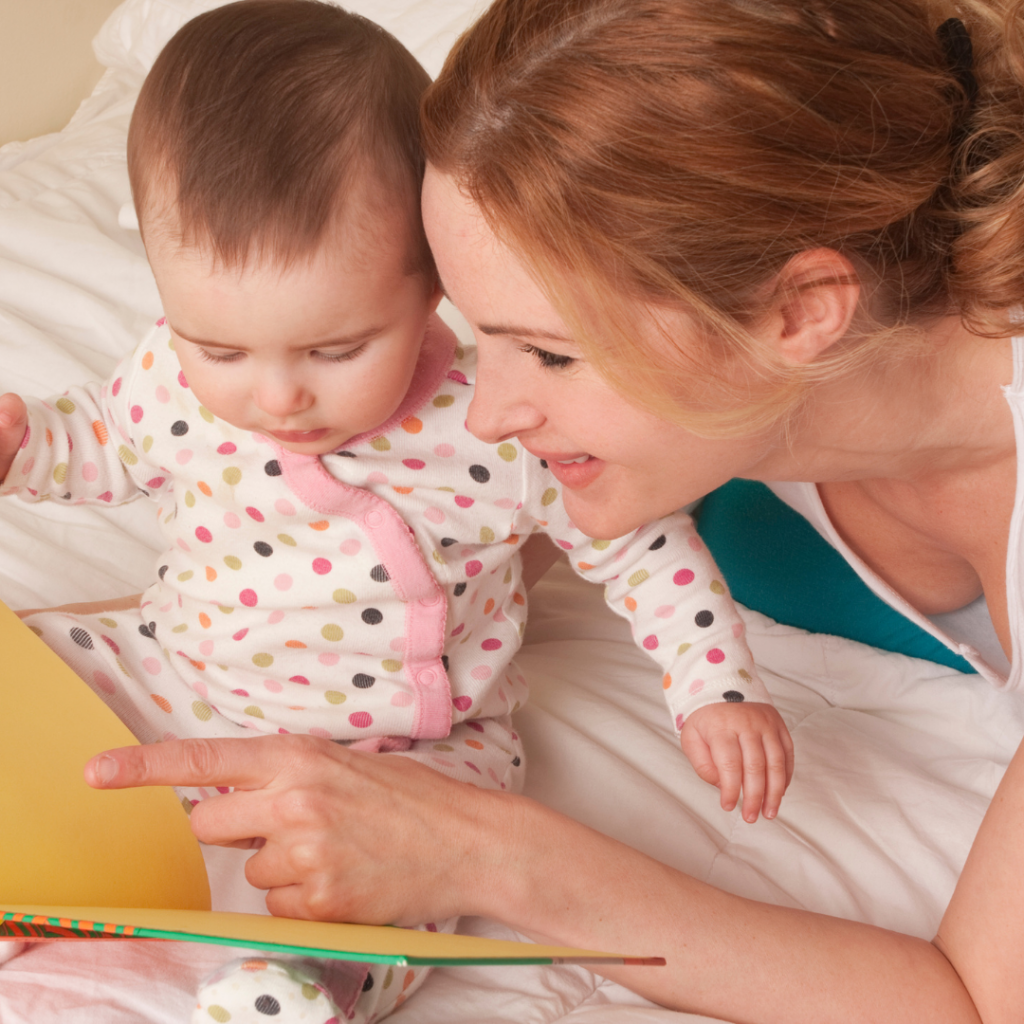
If you are asking yourself how to teach your baby to point, this is an excellent way. By giving your baby plenty of opportunities to point at objects you are providing them with the practice it requires to develop this skill.
Encourage your baby to point to objects in books, puzzle pieces, and toys. Every time you see something that may recognize or get excited about, tell them to point to it.
You can say to them “Point to your tippy cup,” “Where is the doggy,” Point to the ball, or “Show me where the banana is.” Before they can really speak, they will use their finger to point to these items that you are asking for.
Have them pop bubbles
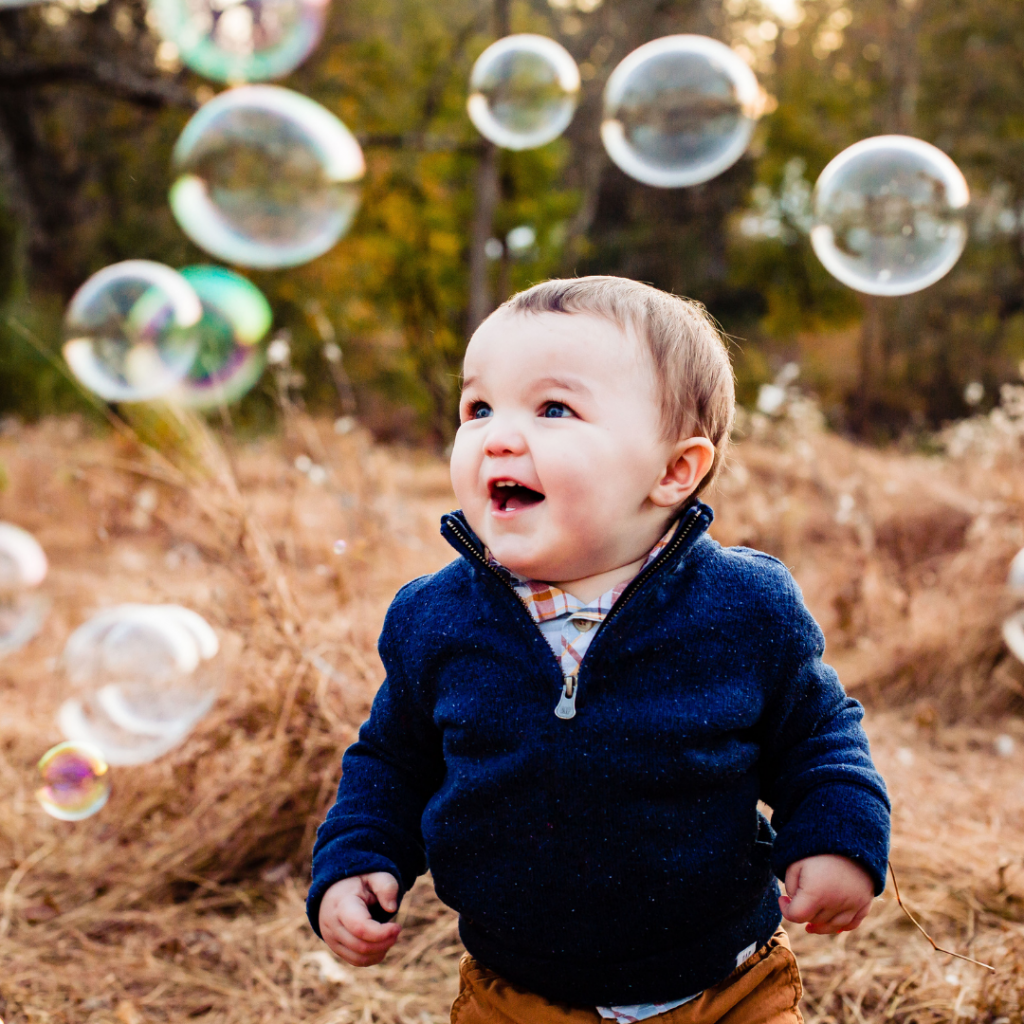
Popping bubbles is a fun way to interact with your little one, and will encourage your baby to point to pop the bubbles.
Babies and toddlers alike love to chase bubbles around, and this way your baby can learn the actual action of pointing while also developing hand/eye coordination and aim.
Have them push buttons
Babies love to push buttons, and giving your little one the opportunity to do this will allow your baby to develop the fine motor skills it requires to point with the index finger. Plus, your baby will have a blast touching all the buttons.
Finger games and plays
Use songs like Open and Shut Them, Where is Pointer, and The Finger Family to get your baby used to using their finger muscles and also increasing their language skills!
Use finger paints or sensory modalities
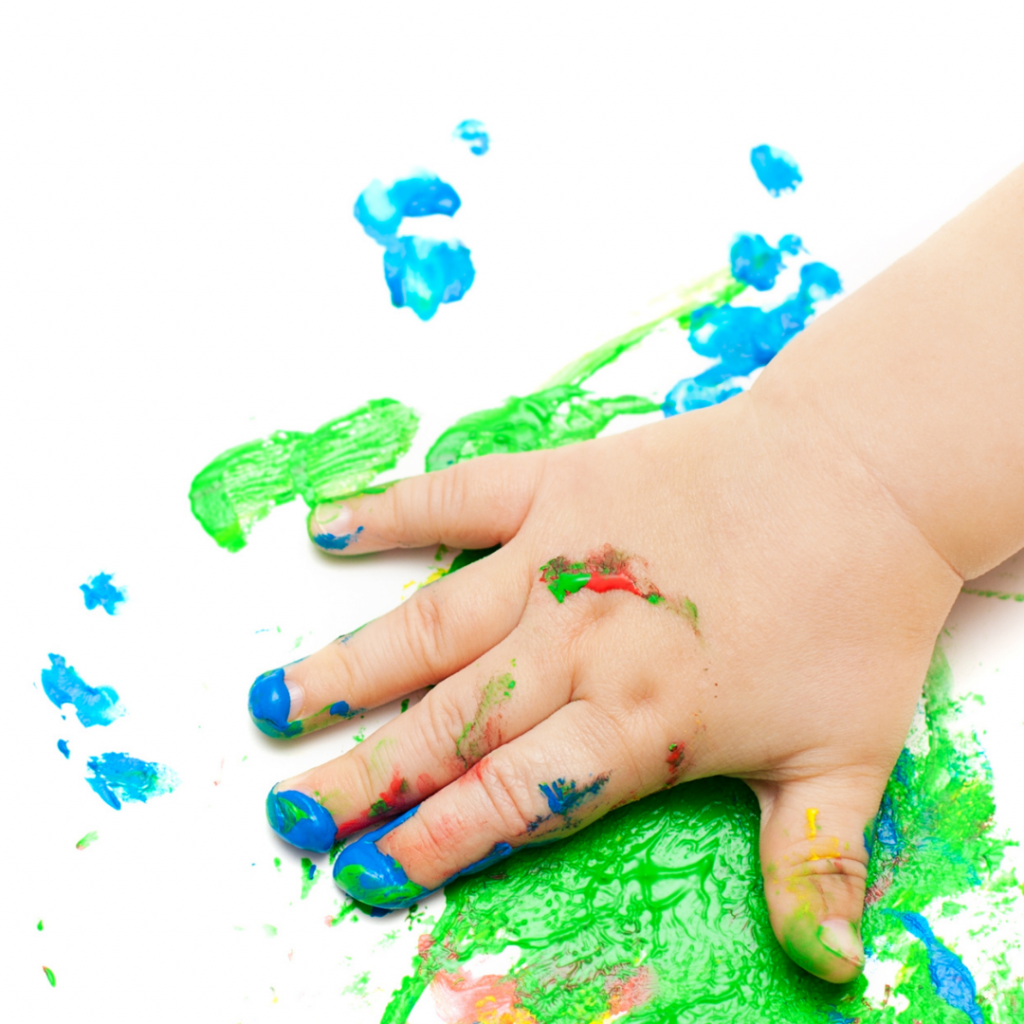
Sensory play is for more than just the senses! Allowing your baby to touch, move, smear, pick up, and slide different shapes and textures such as cheerios, yogurt, shaving cream, and edible paints will improve your baby’s fine motor skills. This will in turn improve your baby’s ability to point.
Be enthusiastic when they get it right
Babies love to be celebrated! Anytime your baby points or uses their pointer finger in the correct way- make a BIG deal about it.
Jump up and down, clap, smile, and cheer. Your baby will likely join in on the fun, and this will reinforce the desired behavior.
How to get your baby to understand why they point
Now that you’ve seen your baby point, teach your little one how to communicate via pointing. Model, demonstrate, and use hand-over-hand to show them that they can point to a snack, toy, or person to tell someone what they want.
Start by teaching them to point to things up close, that they can touch and that is within reach, and then move to pointing at distant objects like their sippy cup on the counter or a character on the tv.
Always remember that babies develop at several different speeds, if your little one isn’t pointing just yet- take some time to try some of the activities suggested.
Most babies will develop this skill between 10-15 months of age, but if your baby is a little later at developing don’t worry unnecessarily. Your little one is likely still developing at their own pace. The best thing you can do is talk to your doctor if you have any concerns.
